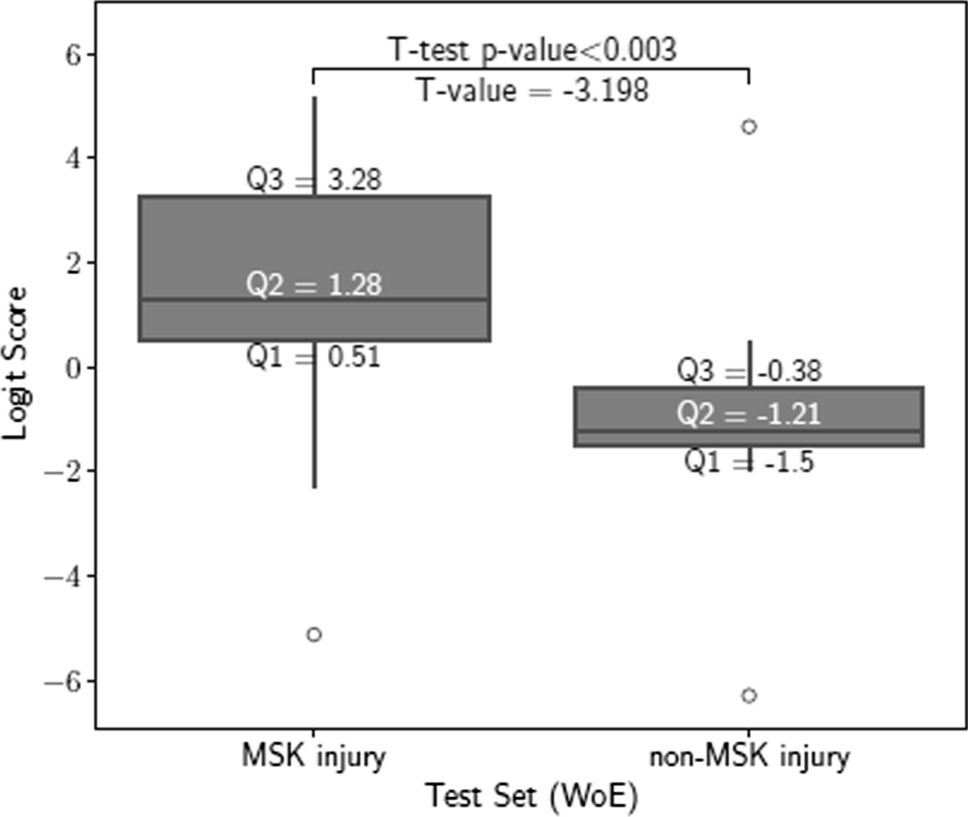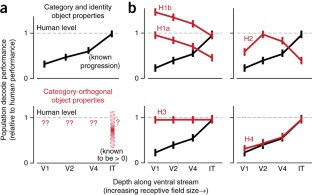2025-04-15 デラウェア大学
<関連情報>
- https://www.udel.edu/udaily/2025/april/kaap-concussion-artificial-intelligence-injury-prediction-athletics
- https://link.springer.com/article/10.1007/s40279-025-02196-4
- https://journals.lww.com/acsm-msse/fulltext/2020/06000/no_clinical_predictors_of_postconcussion.3.aspx
大学アスリートにおける脳震盪後の筋骨格系損傷リスクの機械学習モデル A Machine Learning Model for Post-Concussion Musculoskeletal Injury Risk in Collegiate Athletes
Claudio C. Claros,Melissa N. Anderson,Wei Qian,Austin J. Brockmeier & Thomas A. Buckley
Sports Medicine Published:27 March 2025
DOI:https://doi.org/10.1007/s40279-025-02196-4

Abstract
Background
Emerging evidence indicates an elevated risk of post-concussion musculoskeletal injuries in collegiate athletes; however, identifying athletes at highest risk remains to be elucidated.
Objective
The purpose of this study was to model post-concussion musculoskeletal injury risk in collegiate athletes by integrating a comprehensive set of variables by machine learning.
Methods
A risk model was developed and tested on a dataset of 194 athletes (155 in the training set and 39 in the test set) with 135 variables entered into the analysis, which included participant’s heath and athletic history, concussion injury and recovery-specific criteria, and outcomes from a diverse array of concussion assessments. The machine learning approach involved transforming variables by the weight of evidence method, variable selection using L1-penalized logistic regression, model selection via the Akaike Information Criterion, and a final L2-regularized logistic regression fit.
Results
A model with 48 predictive variables yielded significant predictive performance of subsequent musculoskeletal injury with an area under the curve of 0.82. Top predictors included cognitive, balance, and reaction at baseline and acute timepoints. At a specified false-positive rate of 6.67%, the model achieves a true-positive rate (sensitivity) of 79% and a precision (positive predictive value) of 95% for identifying at-risk athletes via a well-calibrated composite risk score.
Conclusions
These results support the development of a sensitive and specific injury risk model using standard data combined with a novel methodological approach that may allow clinicians to target high injury risk student athletes. The development and refinement of predictive models, incorporating machine learning and utilizing comprehensive datasets, could lead to improved identification of high-risk athletes and allow for the implementation of targeted injury risk reduction strategies by identifying student athletes most at risk for post-concussion musculoskeletal injury.
大学アスリートにおける脳震盪後の筋骨格系損傷の臨床的予測因子はない No Clinical Predictors of Postconcussion Musculoskeletal Injury in College Athletes
BUCKLEY, THOMAS A.; HOWARD, CAROLINE M.; OLDHAM, JESSIE R.; LYNALL, ROBERT C.; SWANIK, C. BUZ; GETCHELL, NANCY
Medicine & Science in Sports & Exercise Published:June 2020
DOI:10.1249/MSS.0000000000002269
Abstract
Purpose
This study aimed to identify clinical predictors of postconcussion subsequent musculoskeletal (MSK) injuries.
Methods
We recruited 66 National Collegiate Athletic Association intercollegiate student-athletes with a diagnosed concussion as well as 36 National Collegiate Athletic Association student-athletes without a concussion. All participants completed a multifaceted concussion baseline consisting of 1) 22-item 0–6 self-reported symptom checklist with outcomes including both the number of symptoms endorsed (0–22) and 2) total symptom score (0–132), 3) Standard Assessment of Concussion, 4) Balance Error Scoring System, 5) Immediate Post-Concussion Assessment and Cognitive Testing, 6) clinical reaction time, and 7) the King-Devick as well as demographic and injury characteristics. The concussion participants completed the same examination acutely postconcussion, and binary logistic regression was used to identify predictors of subsequent MSK from the change scores (acute minus baseline). From the 66 concussed student-athletes, a subset 36, matched with the healthy athletes, compared the risk of subsequent MSK in the year before and year after their concussion.
Results
The concussion participants were 1.78 times (95% confidence interval, 1.12–2.84; P = 0.015) more likely to suffer a lower extremity MSK in the year after their concussion than the control participants. The participant demographics and injury characteristics (P = 0.318) and concussion clinical outcomes (P = 0.461) did not predict subsequent MSK.
Conclusion
The concussion participants were 1.78 times more likely to sustain a subsequent MSK; however, no demographic, injury characteristic, or concussion assessments predicted the MSK. Thus, clinicians are not able to utilize common neurological measures or participant demographics to identify those at risk for subsequent lower extremity MSK. Injury prevention strategies should be considered for collegiate student-athletes upon premature return to participation after a concussion to reduce the subsequent MSK.


